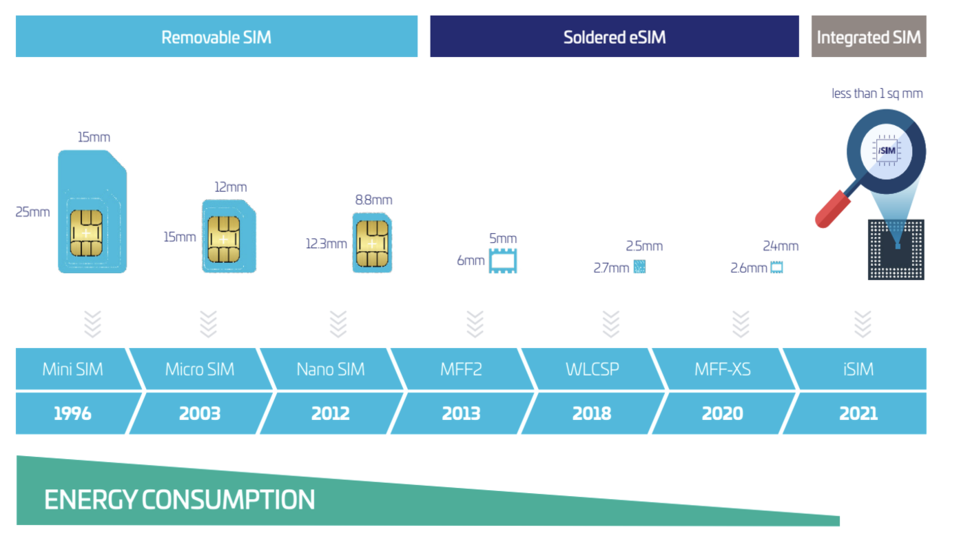
Contextual and combinatorial structure in sperm whale vocalisations
Nature Communications volume 15, Article number: 3617 (2024 ) Cite this article
Sperm whales (Physeter macrocephalus) are highly social mammals that communicate using sequences of clicks called codas. While a subset of codas have been shown to encode information about caller identity, almost everything else about the sperm whale communication system, including its structure and information-carrying capacity, remains unknown. We show that codas exhibit contextual and combinatorial structure. First, we report previously undescribed features of codas that are sensitive to the conversational context in which they occur, and systematically controlled and imitated across whales. We call these rubato and ornamentation. Second, we show that codas form a combinatorial coding system in which rubato and ornamentation combine with two context-independent features we call rhythm and tempo to produce a large inventory of distinguishable codas. Sperm whale vocalisations are more expressive and structured than previously believed, and built from a repertoire comprising nearly an order of magnitude more distinguishable codas. These results show context-sensitive and combinatorial vocalisation can appear in organisms with divergent evolutionary lineage and vocal apparatus.
The social complexity hypothesis1,2 posits that animals in complex societies—featuring coordination, distributed decision-making, social recognition, and social learning of cultural strategies3,4,5,6—require complex communication systems to mediate these behaviours and interactions1,7. In humans, communication plays a particularly large role in complex social behaviours like strategising and teaching8,9,10. These behaviours require the ability to generate and understand a vast space of possible messages. For example, the sentence ‘Let’s meet next to the statue of Claude Shannon on the fifth floor at 3 pm’ picks out a specific action at a specific place and time from an enormous space of possible activities. This ability to generate complex messages, in turn, is supported by the fact that all known human languages exhibit contextual and combinatorial structure. (Throughout this paper, we use ‘context’ to denote conversational context—e.g., neighbouring codas—rather than behavioural context—e.g., diving—as is standard in the study of natural and formal languages.11) To enable efficient communication, the meaning of most human utterances is underspecified and derived in part from the conversation that precedes them12. To enable many distinct meanings to be communicated, humans access a large inventory of basic sounds (phonemes) by combining phonetic features like place of articulation, manner of articulation, then sequence phonemes to produce an unbounded set of distinct utterances13,14,15,16,17. Contextuality and combinatoriality, especially below the sequence level, have few analogues in communication systems outside of human language18,19,20,21,22. Understanding when and how aspects of human-like communication arise in nature offers one path toward understanding the basis of intelligence in other life forms.




















